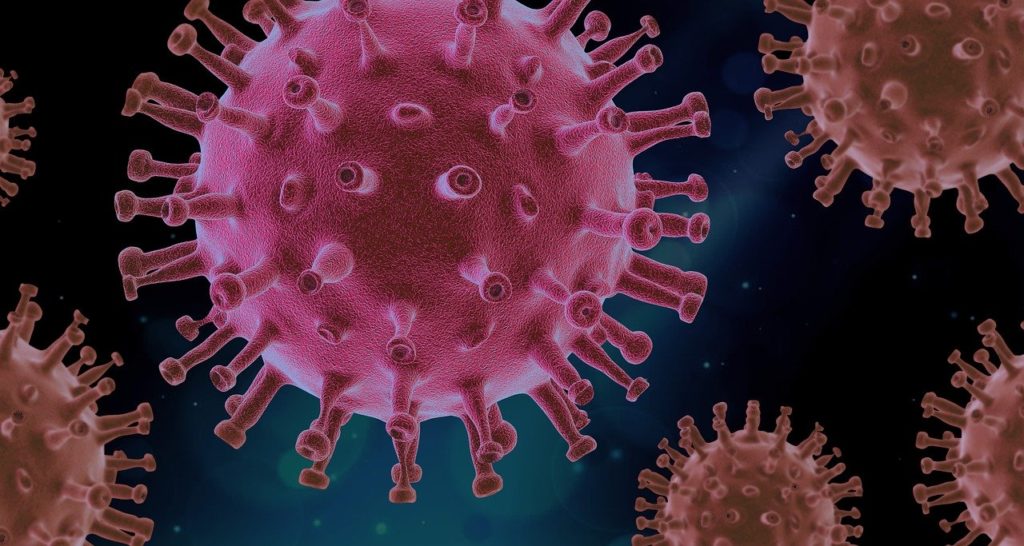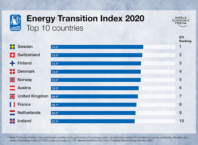Table of Contents

The Biological and Toxic Weapons Convention(BTWC) or the Biological Weapons Convention(BWC) observed its 45th anniversary on 26 March. On the day India suggested strict compliance of the convention and highlighted the need for an effective response to the challenges posed by various new scientific developments around the globe.
About the Biological and Toxic Weapons Convention
Biological Weapons Convention is a multilateral disarmament treaty to ban the production and stockpiling of all kinds of weapons capable of causing mass destruction this convention came into force on 26 March 1975.
The commencement of the Biological Weapons Convention was the result of a long series of efforts by the international community to establish a new community to supplement the 1925 Geneva Protocol.
The 1925 Geneva Protocol prohibits use but does not prohibit having possession or development of all kinds of chemical and biological weapons.
The convention has 183 members with Tanzania becoming the most recent nation to be a signatory of the convention.
The damage these Biological And Toxic Weapons can do
These weapons are used as biological toxins and infectious agents such as viruses, bacteria, fungi, and other toxins to cause harm or kill humans, animals or plants.
These weapons can be transferred through various forms such as missiles and rockets, bombs, cars, trucks, and boats.
These Biological and Toxic weapons are generally used for the following purposes:
- To implement its strategic and military applications
- To cause harm to the environment
- Injecting of illness, fear, and mistrust among the public
- Political assassinations
- To infect the livestock or agricultural produce which will cause food shortage and economic loss.



